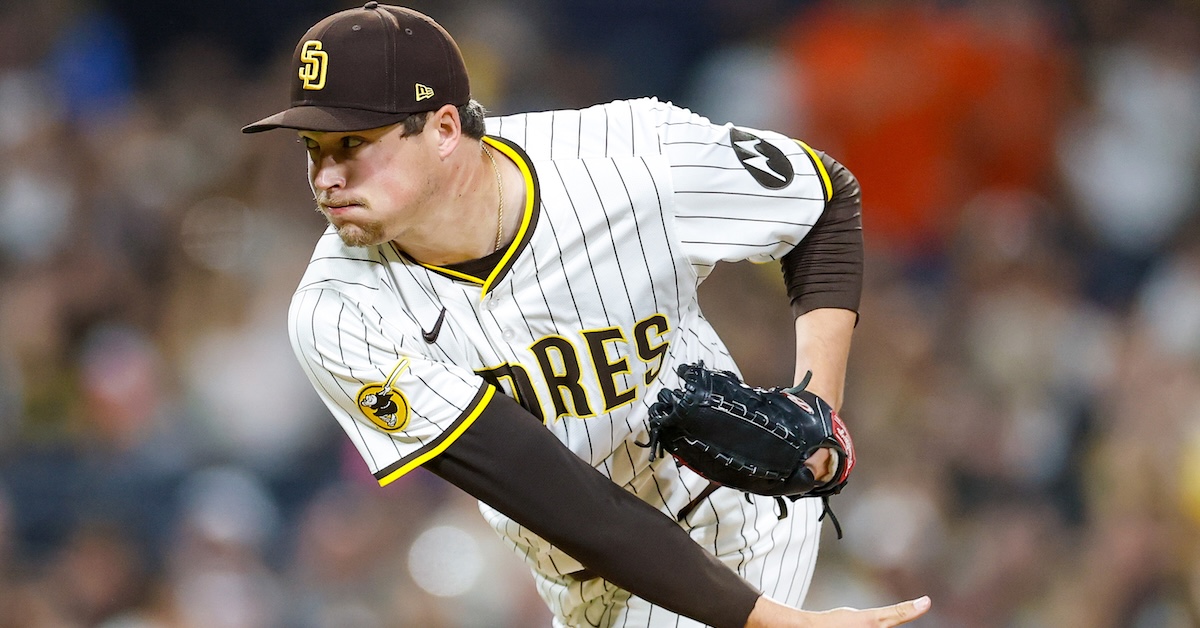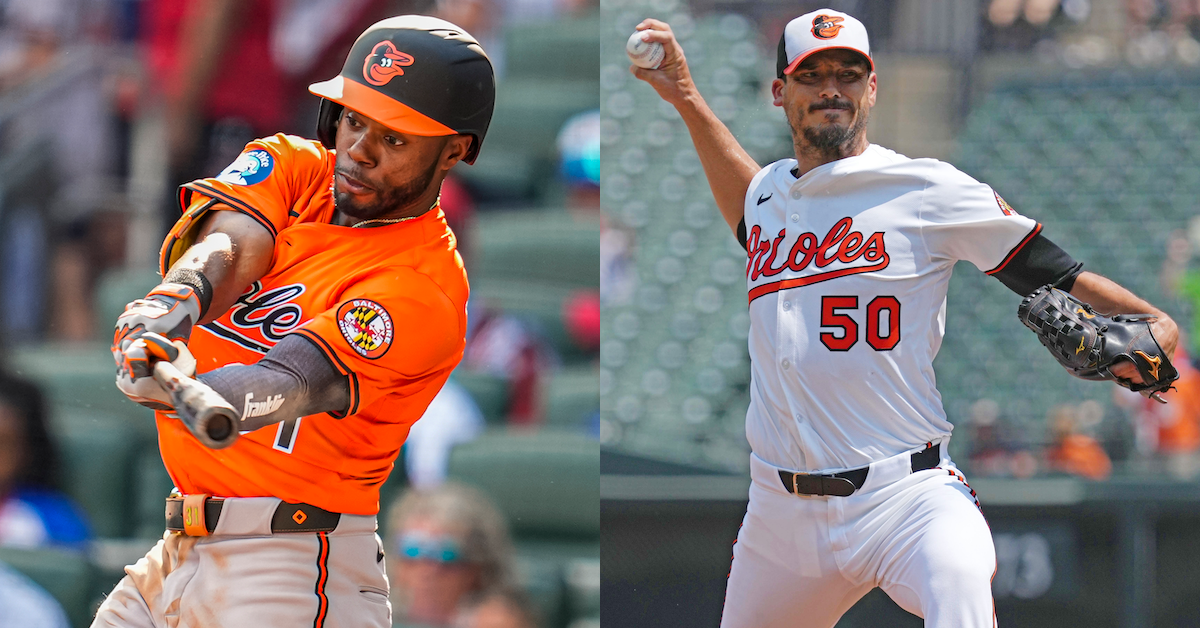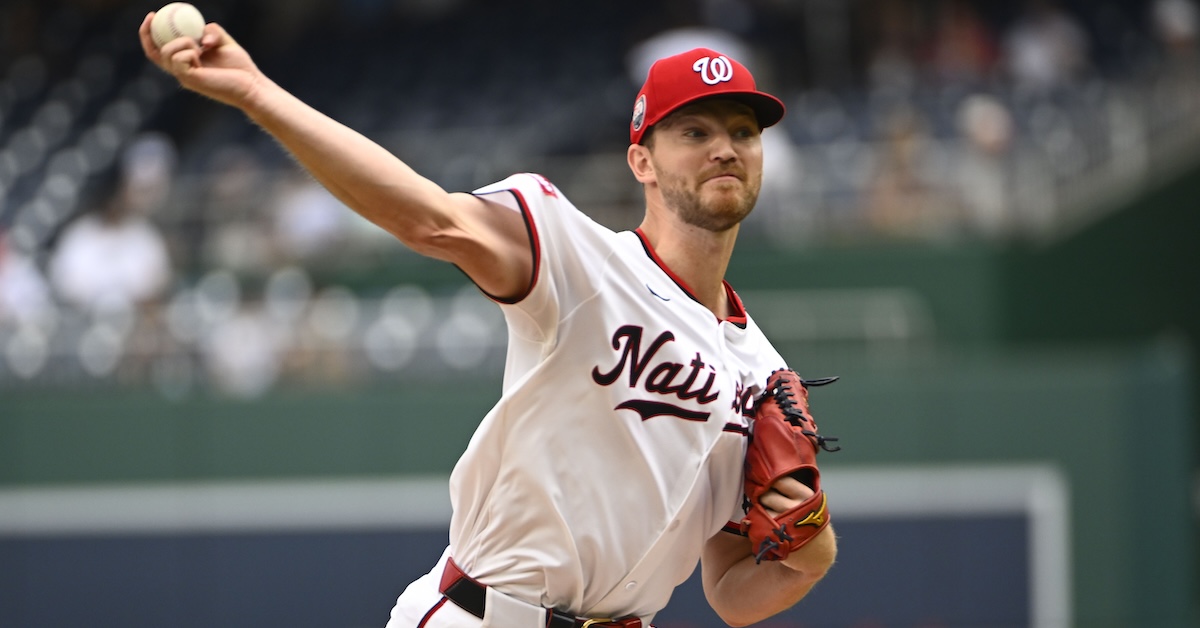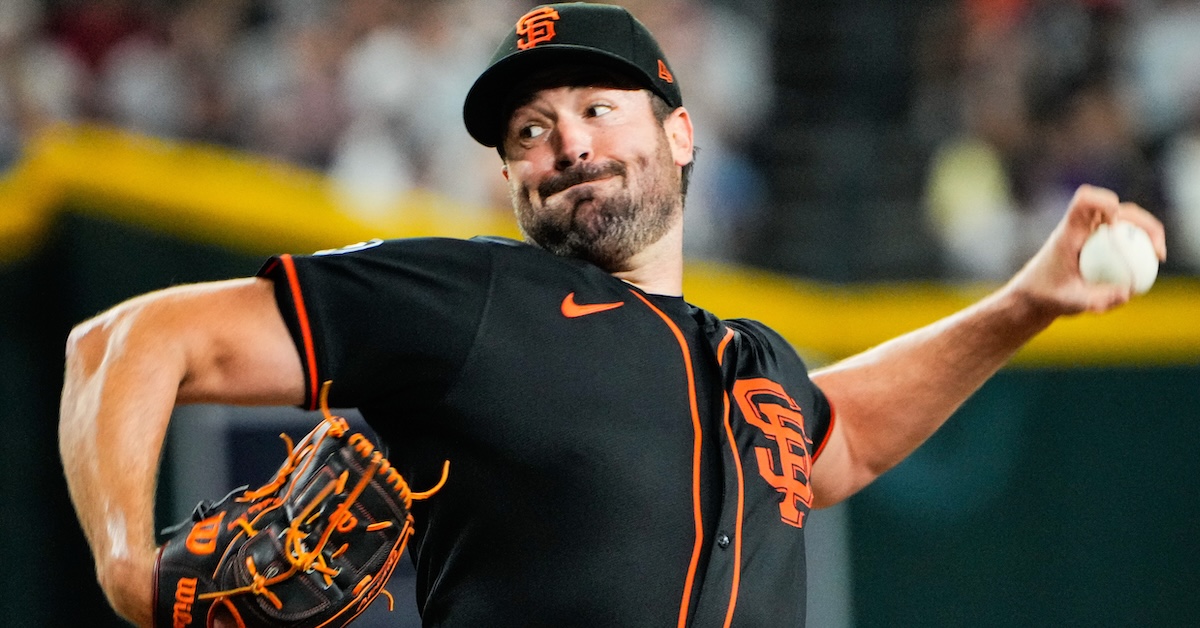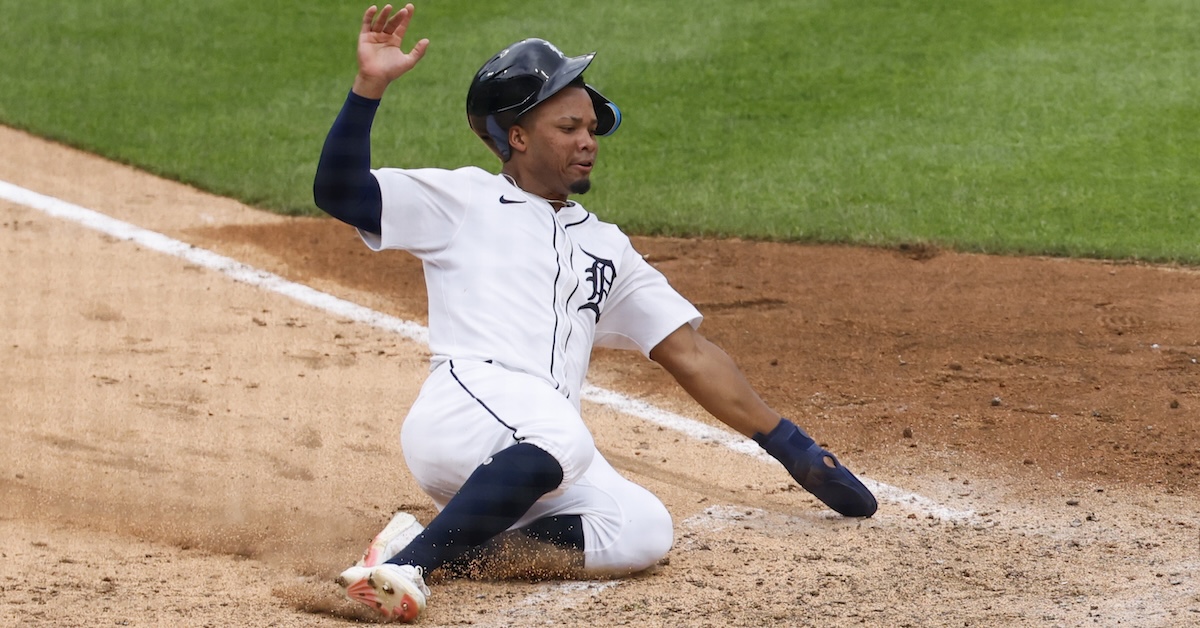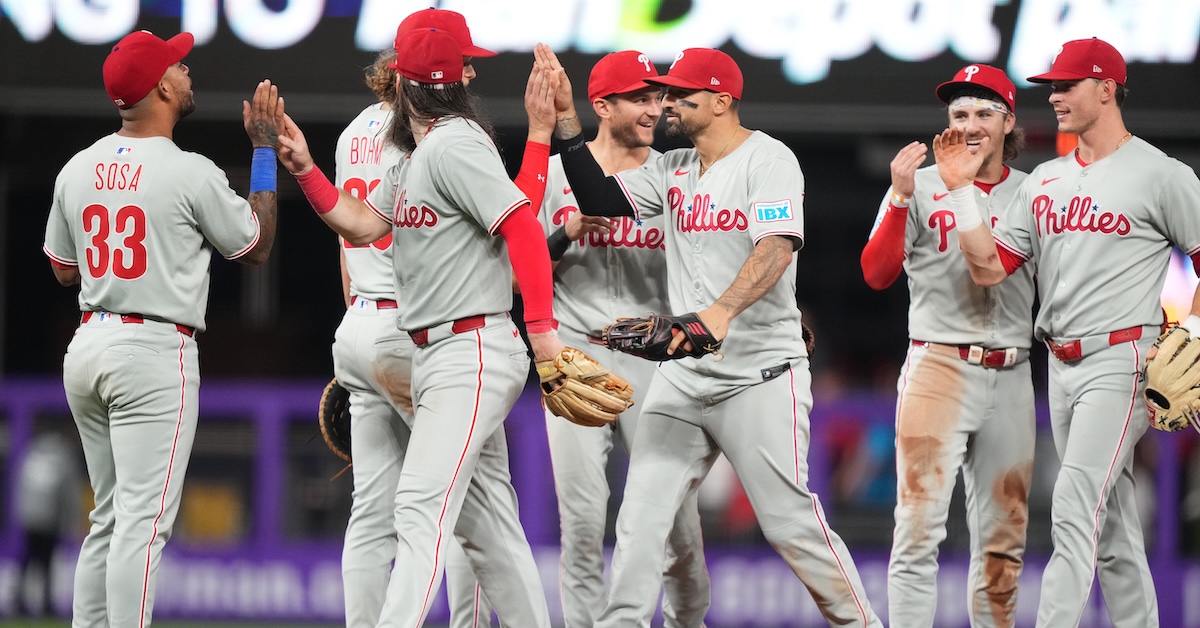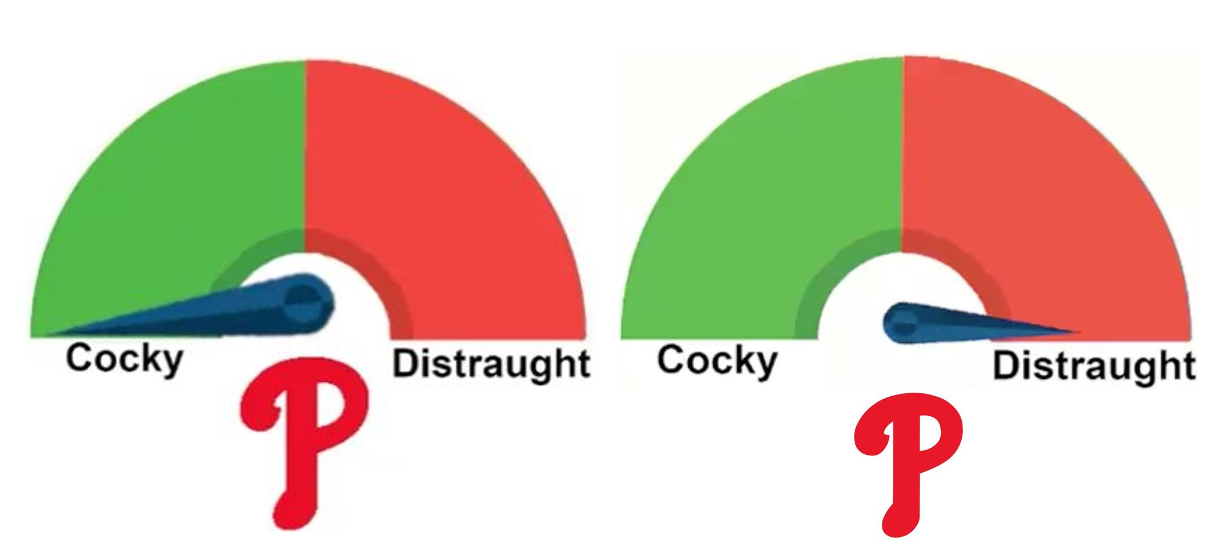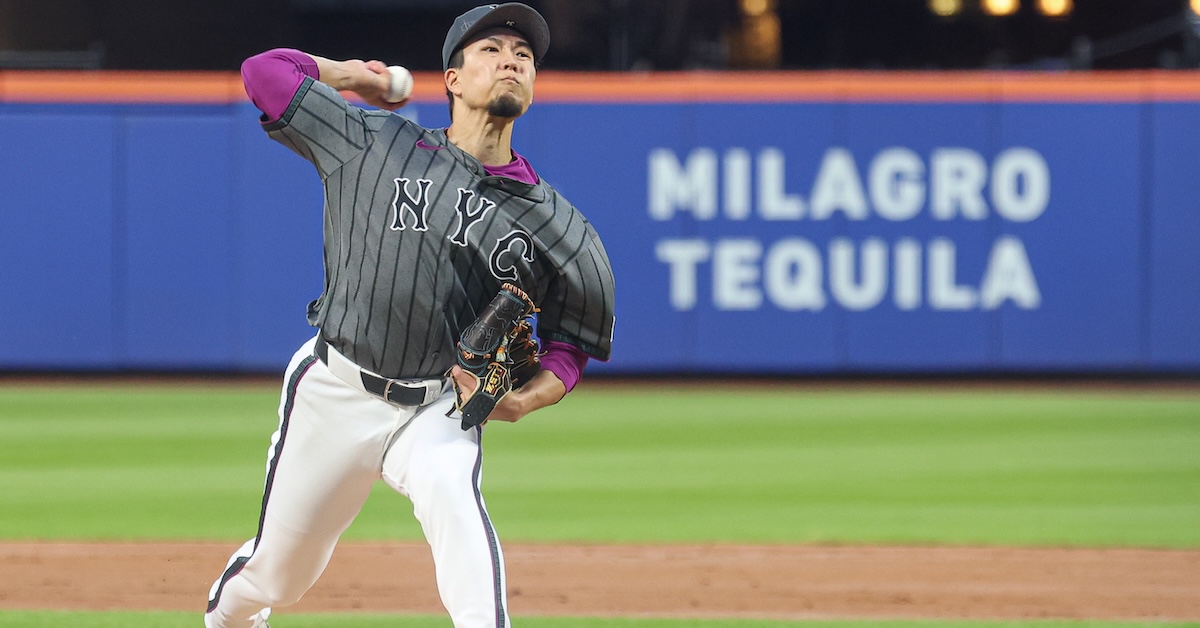Shout Out to Whichever Team Wins the AL Central — You Know Who You Are
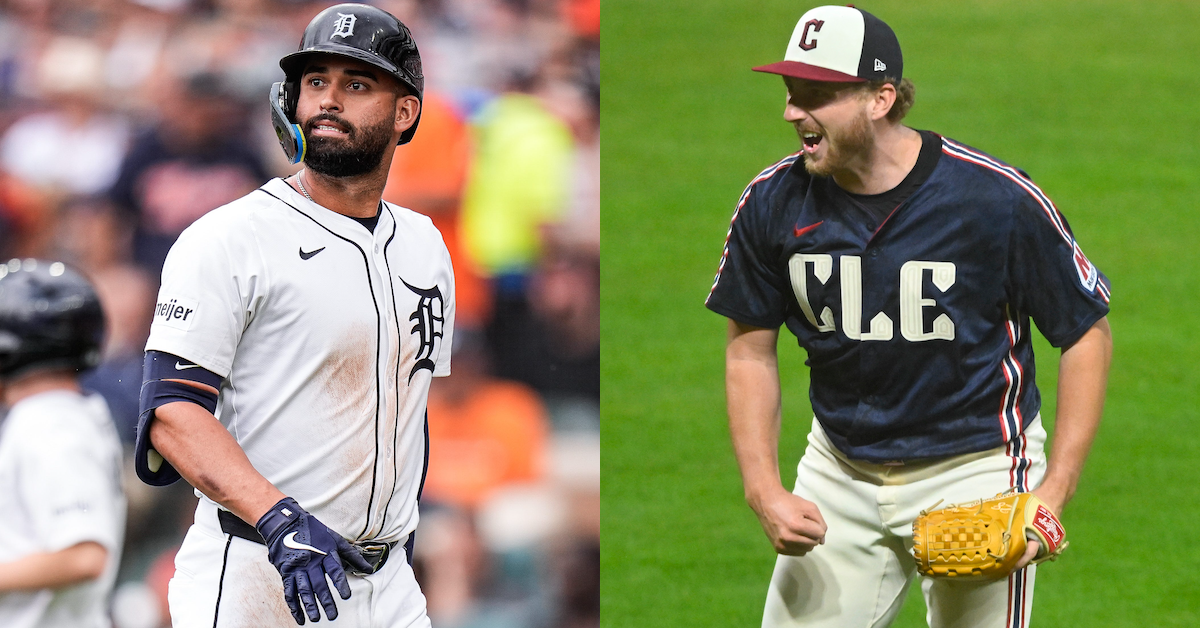
On July 8, the Tigers had 59 wins, while the Guardians had just 42. With one week remaining in the regular season, the Tigers have 85 wins and the Guardians have 84. A single game separates the two teams in the race for the AL Central title, a division that seemed all but sewn up for the Tigers as recently as September 13, when Detroit’s odds to win the Central sat at 98.2%, putting Cleveland’s odds at 1.8%. As of this writing, the Tigers are still favorites to win it, at 62.7%, but given that three of Detroit’s last six games are against Cleveland, the error bars on those odds are huge.
That wild swing in divisional odds happened over the course of the last week, but such a dramatic swing could only occur because in the two months leading up to it, two teams that had been heading in opposite directions both gradually rerouted and wound up on a collision course. Through April 25, both teams were winning games at roughly a .600 clip, but their fates diverged from there. By July 8, the gap in winning percentage had widened to 167 points, which translated to an additional 17 wins for the Tigers compared to the Guardians. Ever since July 8, that divide has slowly evaporated, and now the two teams own nearly identical records. Read the rest of this entry »
